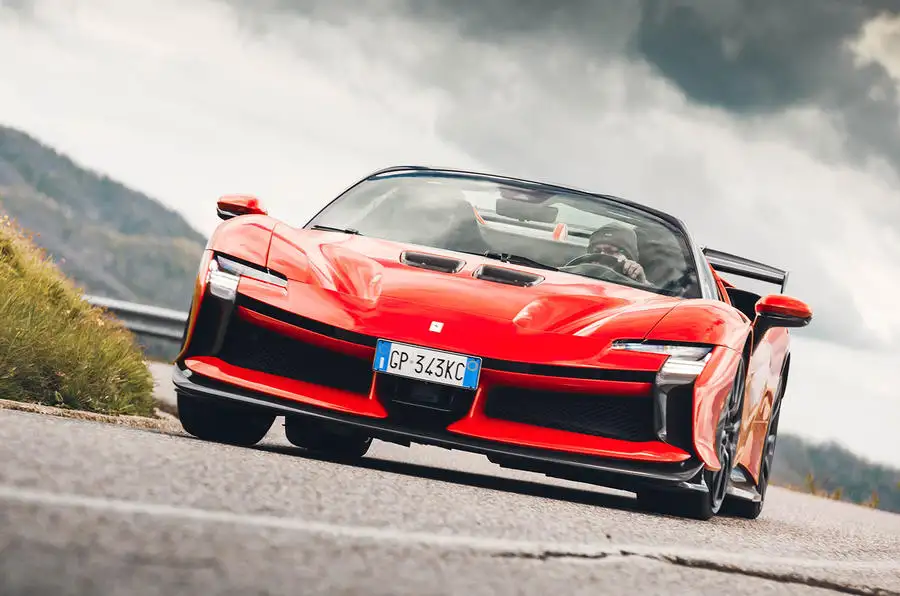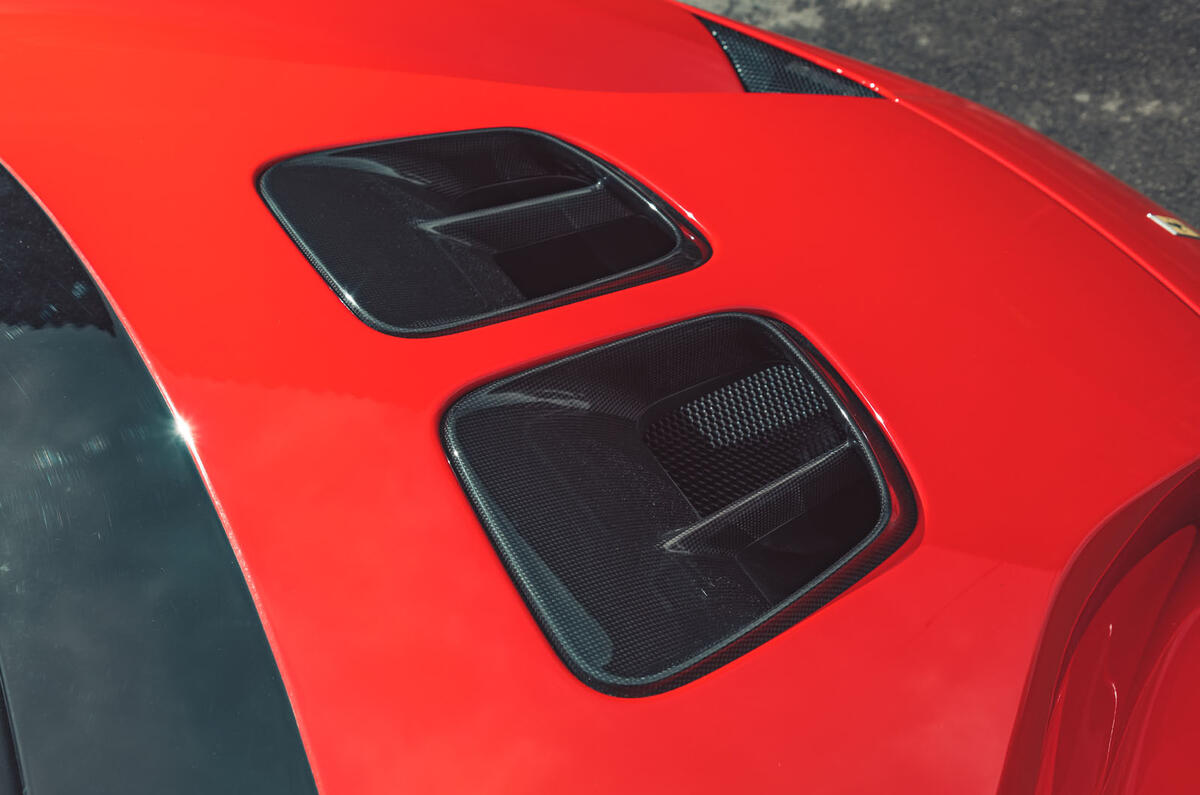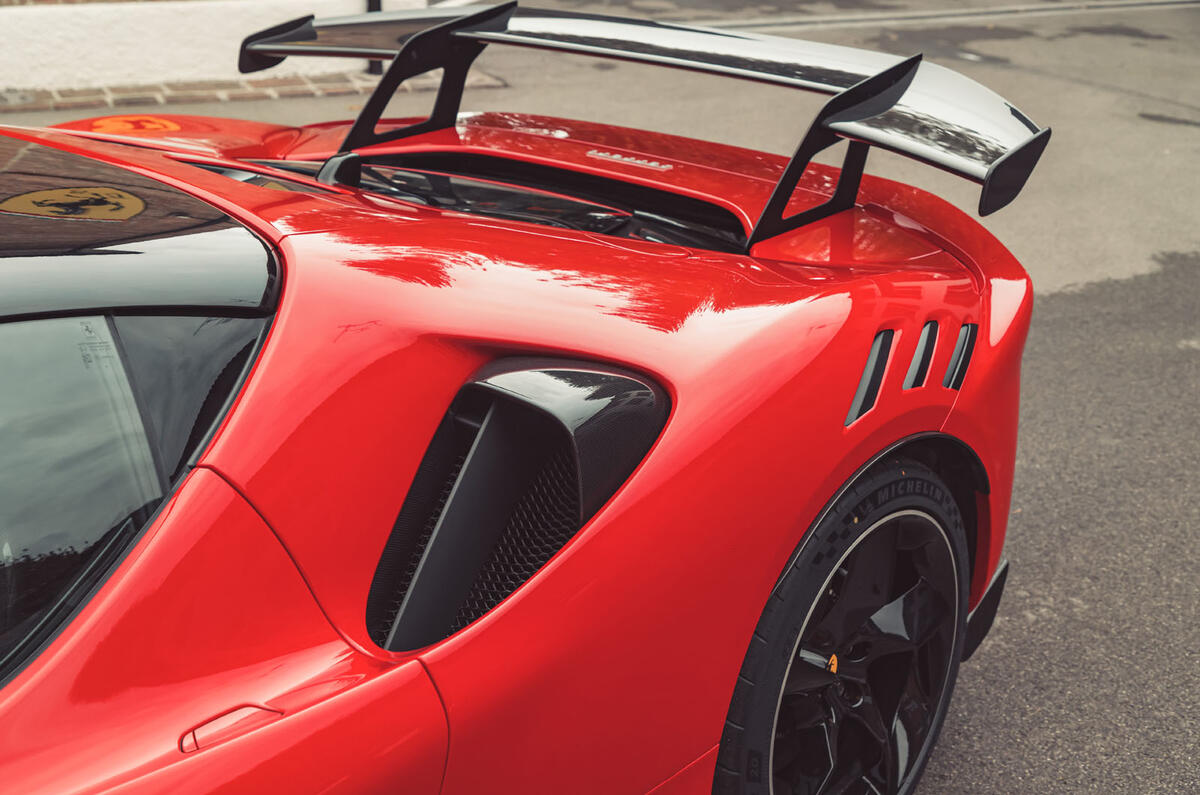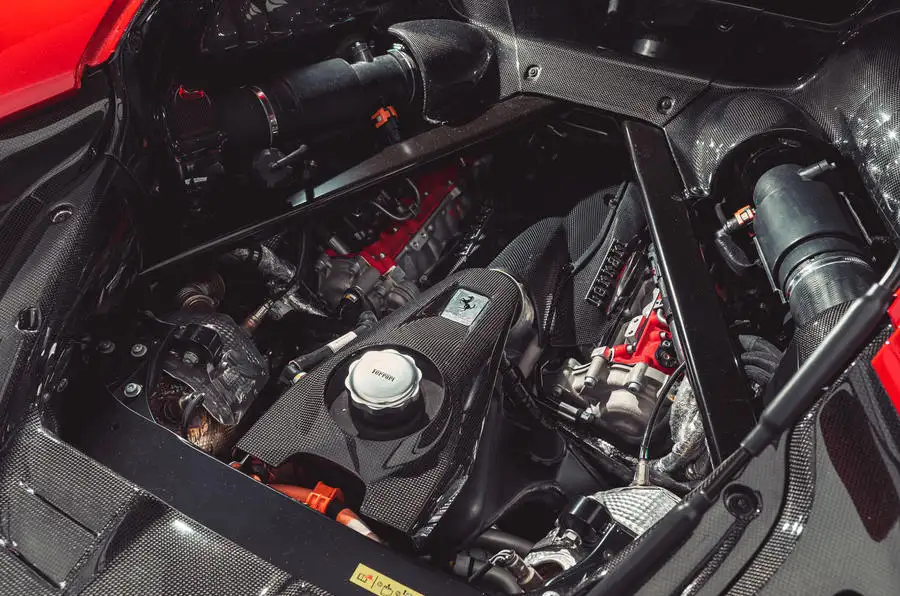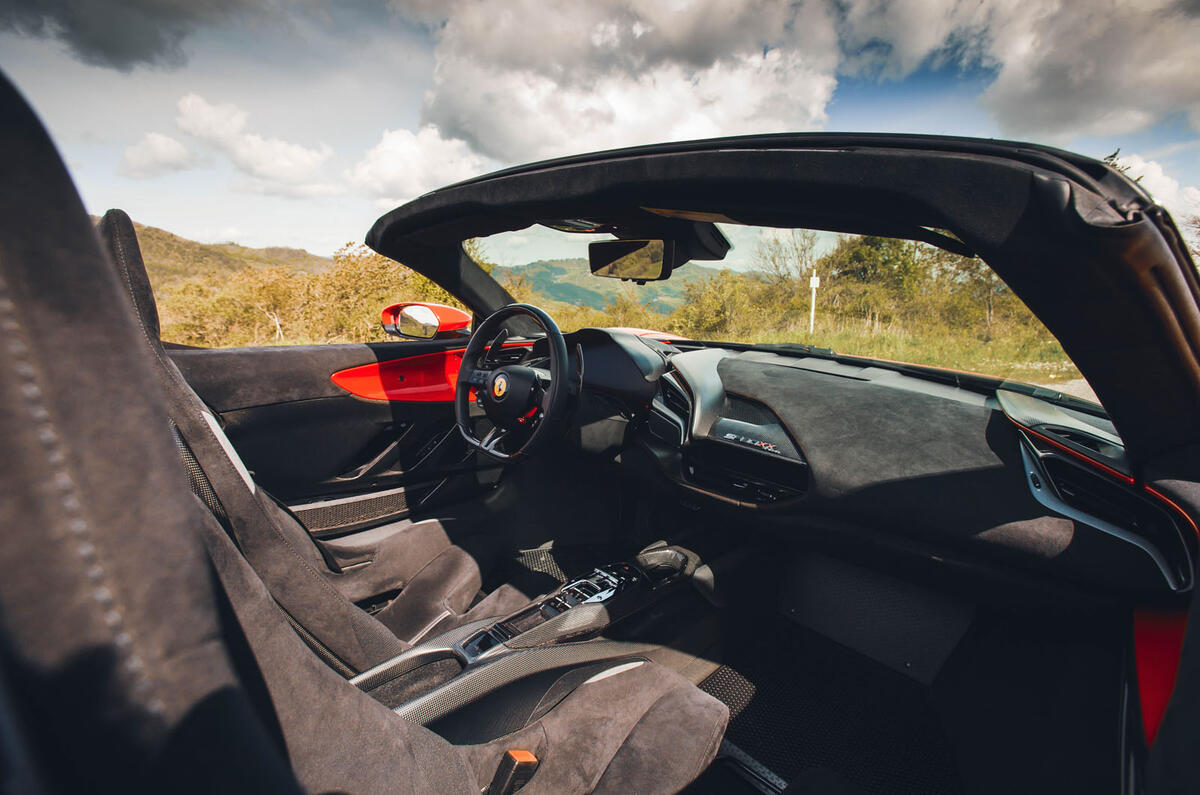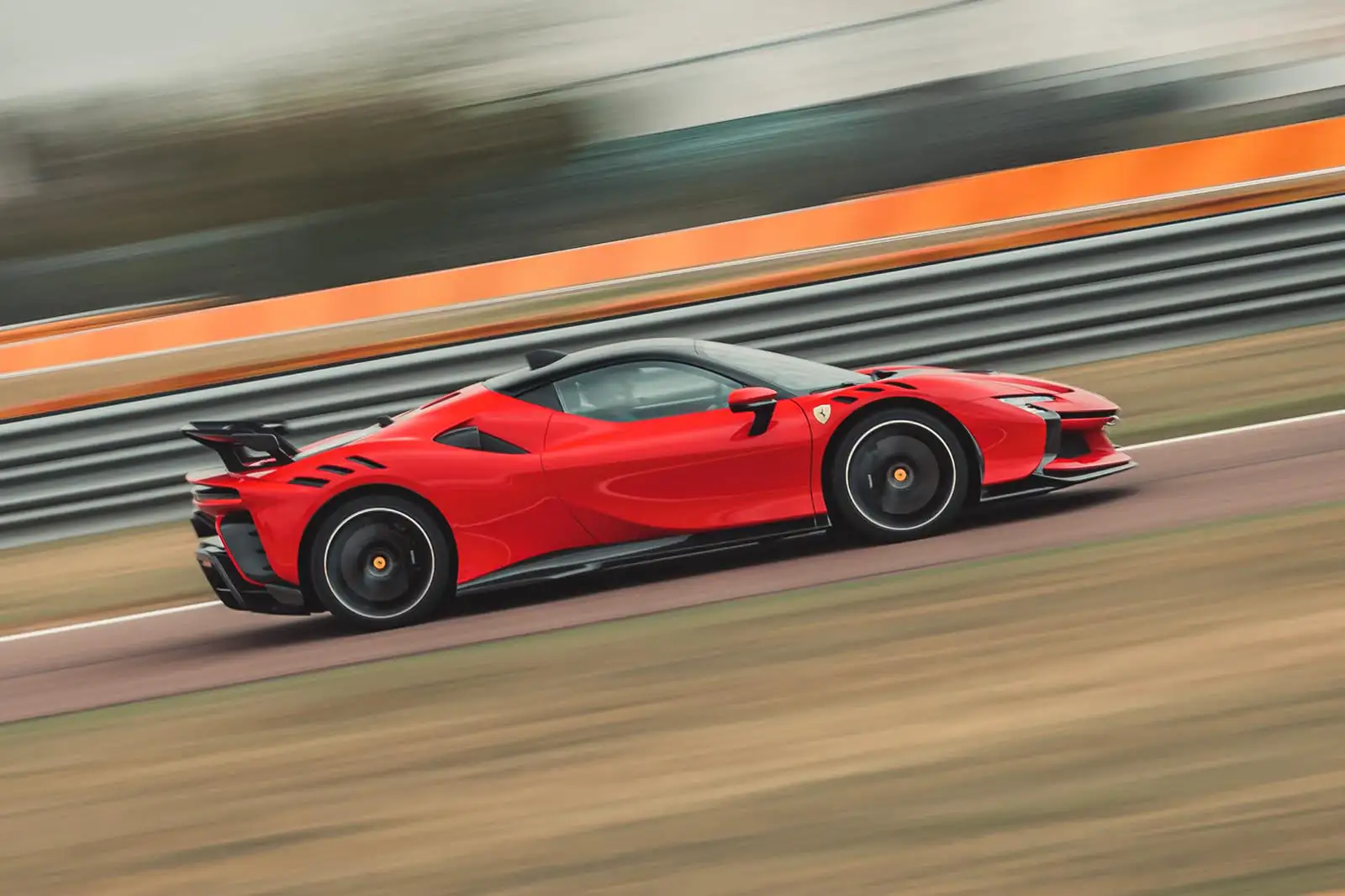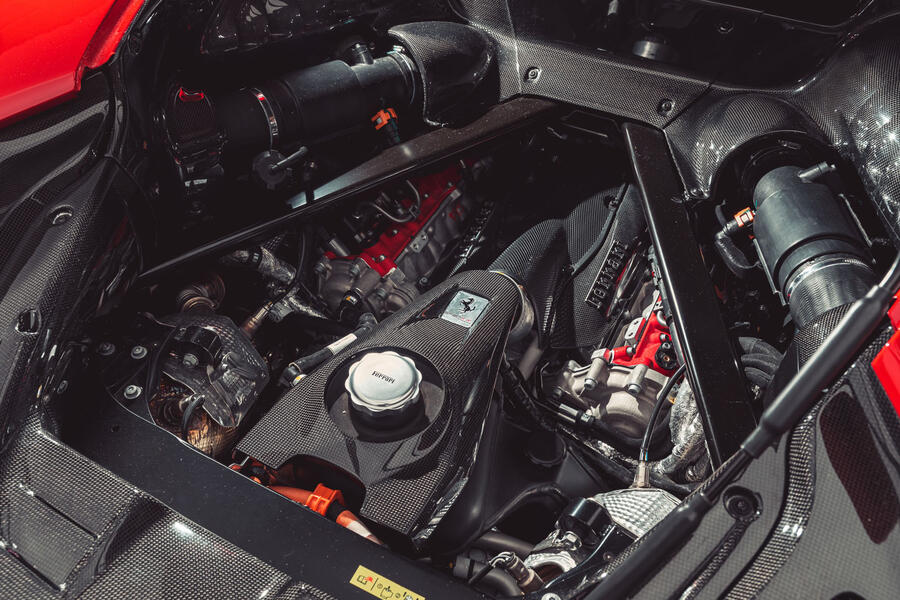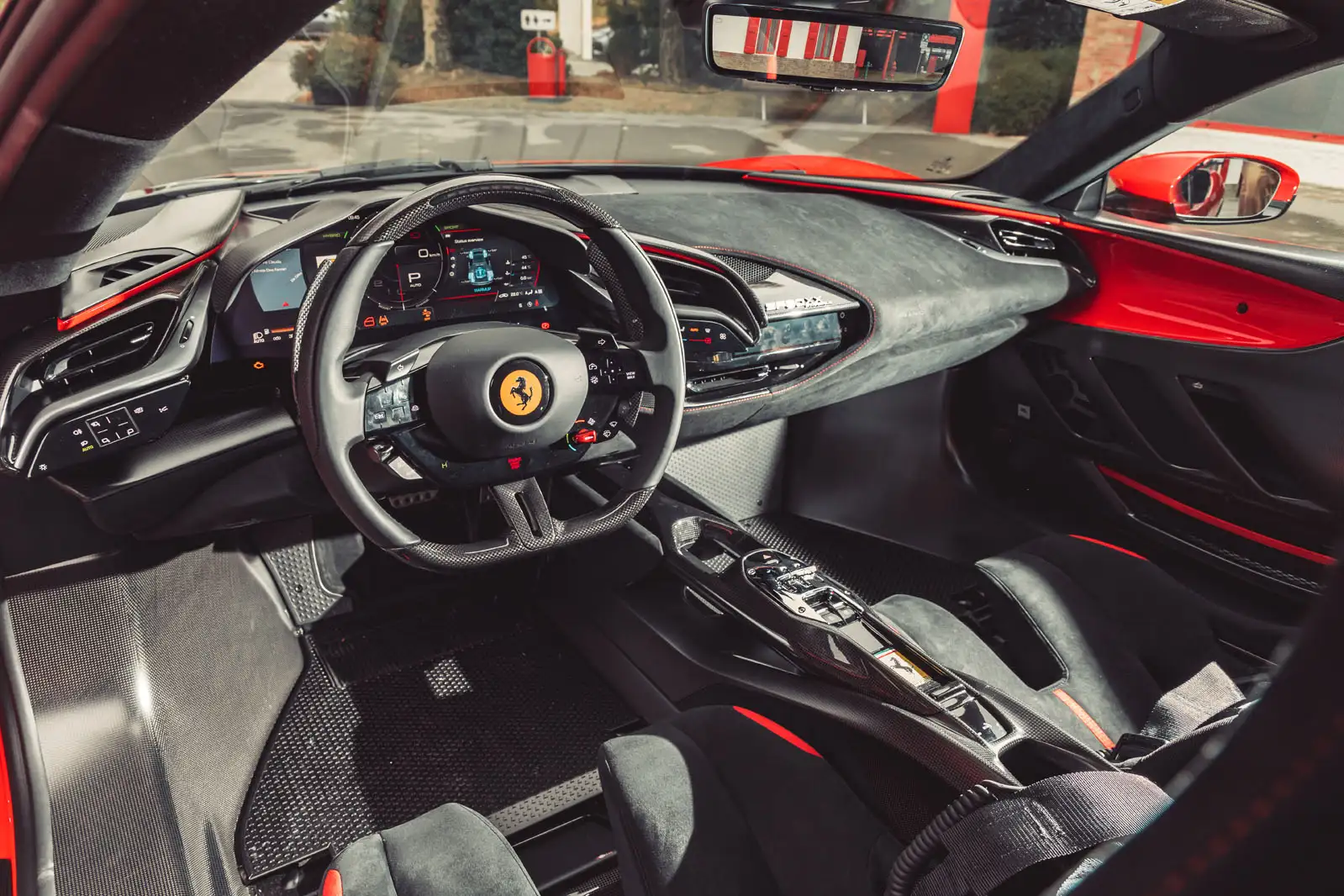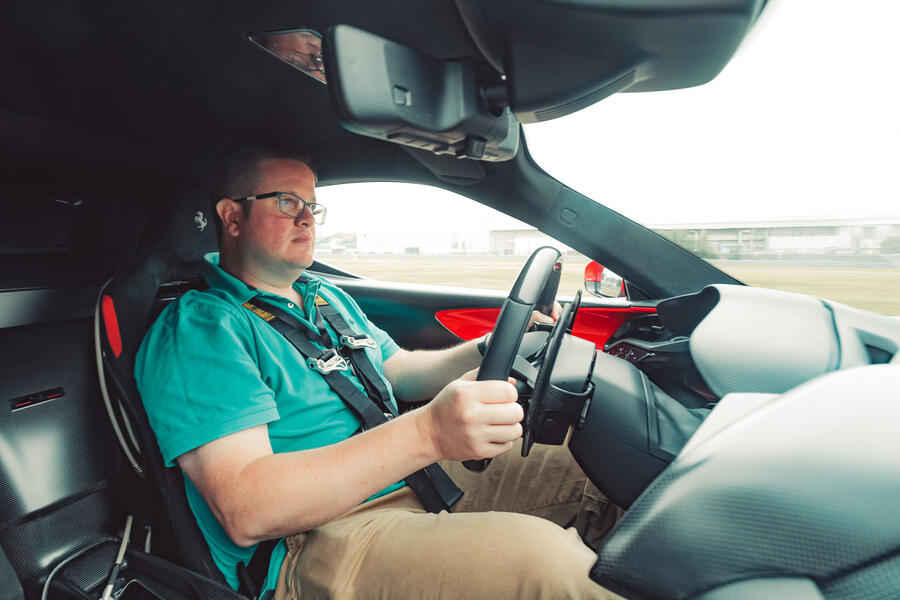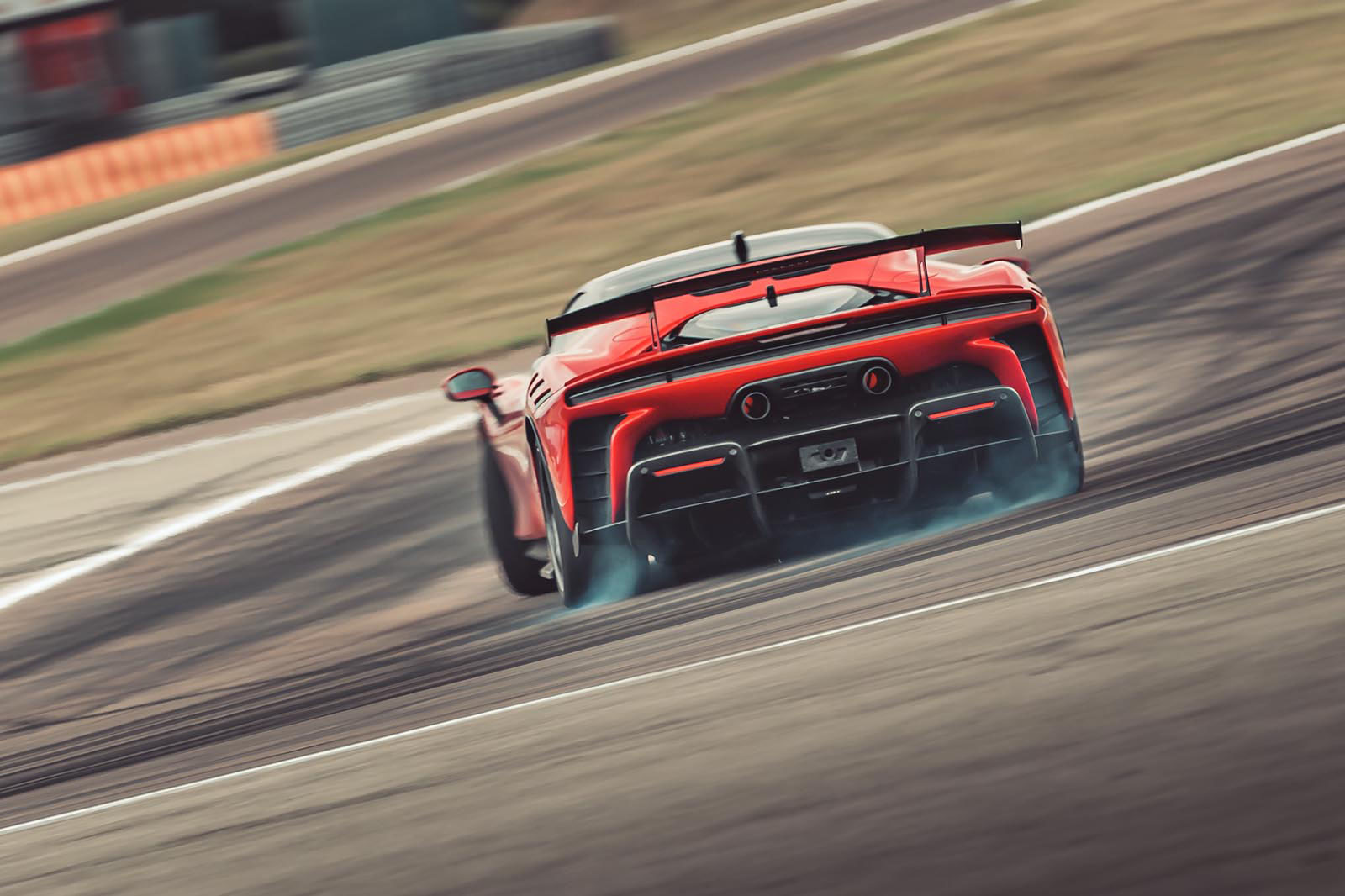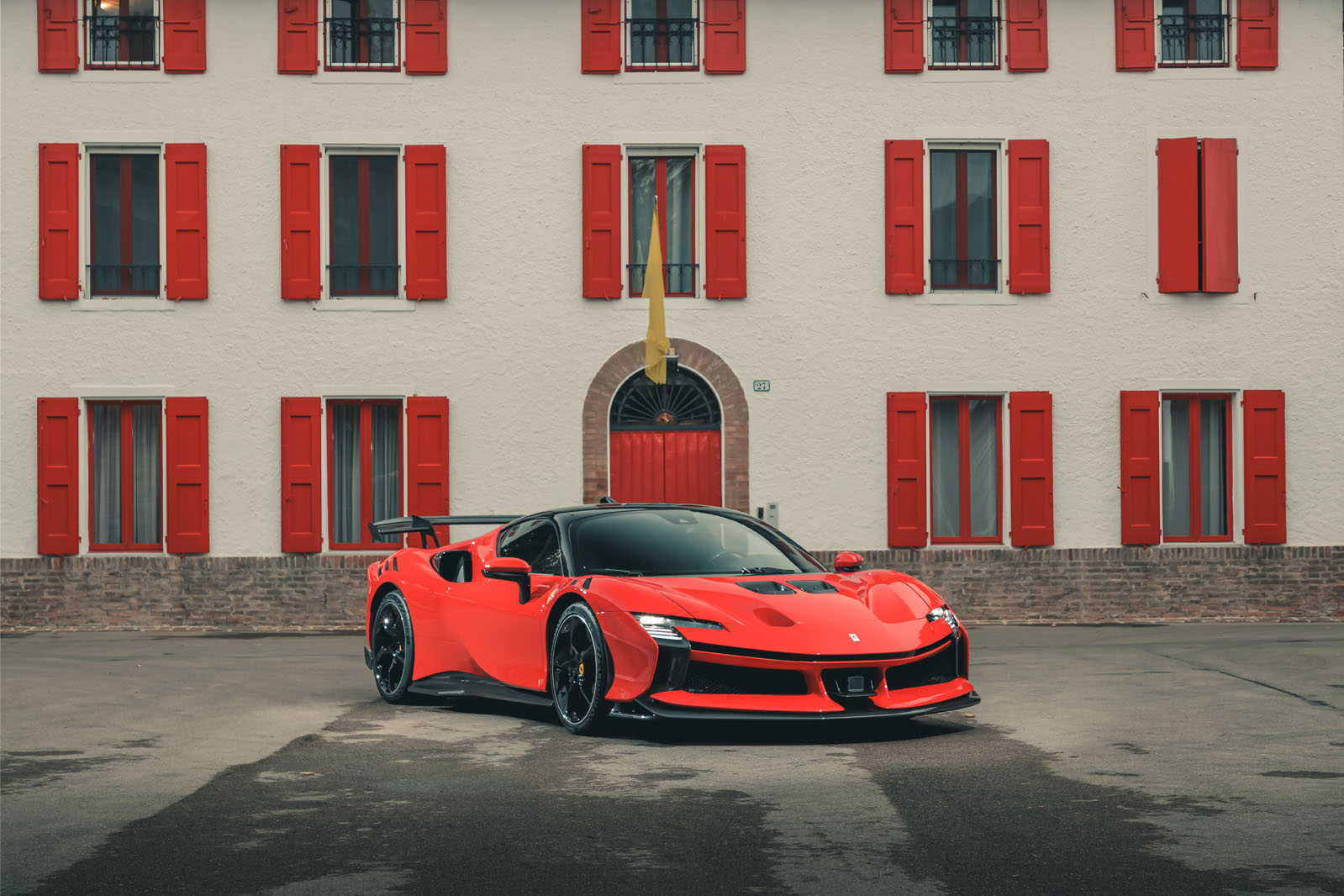That the Ferrari SF90 XX wasn't in the original production plan for the Ferrari SF90 tells you something about its gestation. Ferrari had made a near-as-darnit 1000bhp plug-in hybrid supercar and yet it never quite clicked with customers in the same way that its lighter, cheaper, less powerful-mid engined supercars did.
The XX model, then, feels reactive. Made, dare I say it, in the most unusual of ways for the maker of the planet's current best sports cars: on the back foot. "What do we do about the SF90?"
The answer has been to go harder and use a formerly very exclusive programme name. It’s a decade since Ferrari’s last extra-special-series XX car, the La Ferrari-based FXX-K, was introduced. Between that, the original FXX, the FXX Evolutione and the 599XX and 599XX Evo, it’s reckoned that Maranello has so far either made (or, in some cases, remade) fewer than a hundred XX-branded cars in total, only for its wealthiest and most favoured customers.
In those respects at least, the Ferrari SF90 XX, tested late in 2023 as a Stradale (coupé) on track only and in April 2024 as a Spider (on road only) looks a little like an XX model in name, mostly.
It has an XX badge, sure, and it has some very special design features and specification upgrades, to which we will come. But buying one won’t get you into the ultra-exclusive XX track days that Ferrari lays on for its VVIP multi-millionaire collectors. The 1400 customers who will buy one of these cars would outnumber the existing XX club members by about 15 to one (and that would be an awful lot more expensive catering).




